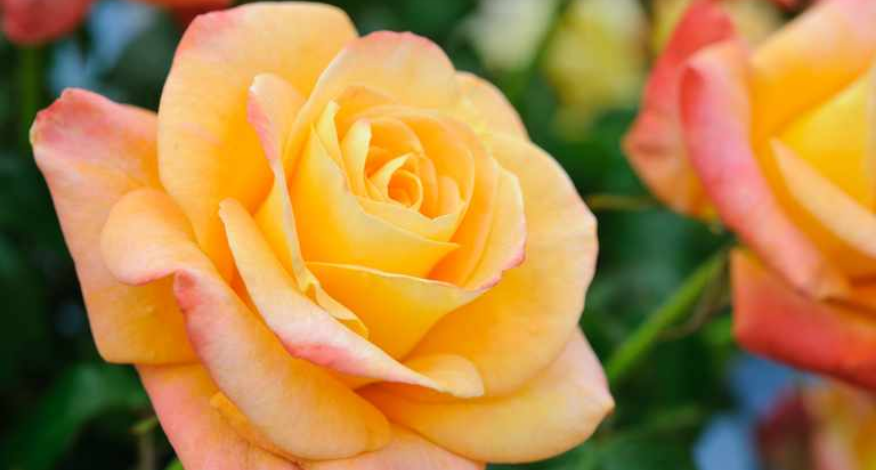It’s no secret that roses are one of the nations favourite plants and why wouldn’t they be? They bring so much to the garden; colour, scent, foliage, and versatility.
Many of us are attracted to roses based on their colour or scent which is a great way to choose but once you have your rose, how do you keep it looking fabulous?
The tips below are for potted roses which are recommended and can be planted all year round. More seasoned gardeners might opt for bare-root roses which require slightly different care.
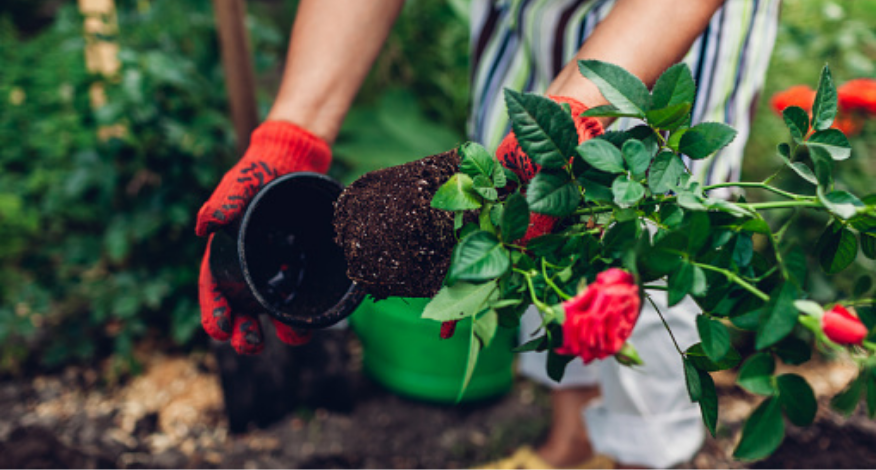
Roses can be planted in pots or borders and prefer a sunny spot. Water the plant and the pot before planting it in the ground and sprinkle a little Root Grow in the hole to encourage strong root growth. Plant the rose so that the point where the rose variety joins the rootstock is at soil level.
After planting your rose, apply a good thick layer of mulch to help it retain water and to suppress any weeds. Rocketgro Magic mulch is ideal, as it also acts as a natural fertiliser to get your rose off to a good start.
Other than regular watering, your rose will need very little care in the first few months apart than deadheading (removing blooms once they have finished flowering). Kent & Stowe flower snips are particularly useful for deadheading in the garden.
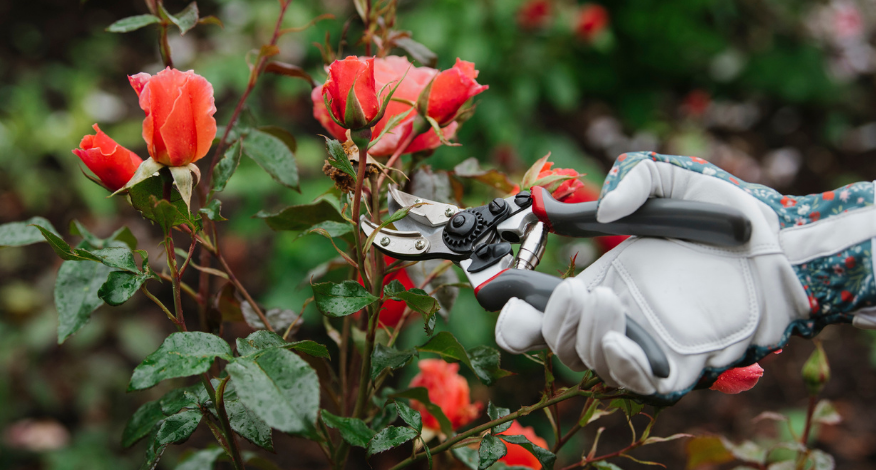
Pruning your rose
The best time to prune a rose is during the winter when the plant is dormant.
It is important to make clean cuts when you are pruning so use a sharp pair of secateurs. Look out for Kent & Stowe Eversharp™ Bypass Secateurs which are the sharpest and longest lasting on the market.
When pruning, remove any dead, diseased, spindly or crossing stems – you want to achieve well-spaced stems with a free flow or air between them.
If you want your rose to grow in shape and size, cut stems back to 5mm above an outward facing bud. If you’re looking to contain the size of your rose, cut to 5mm above an inward facing bud to create a more upright bush.
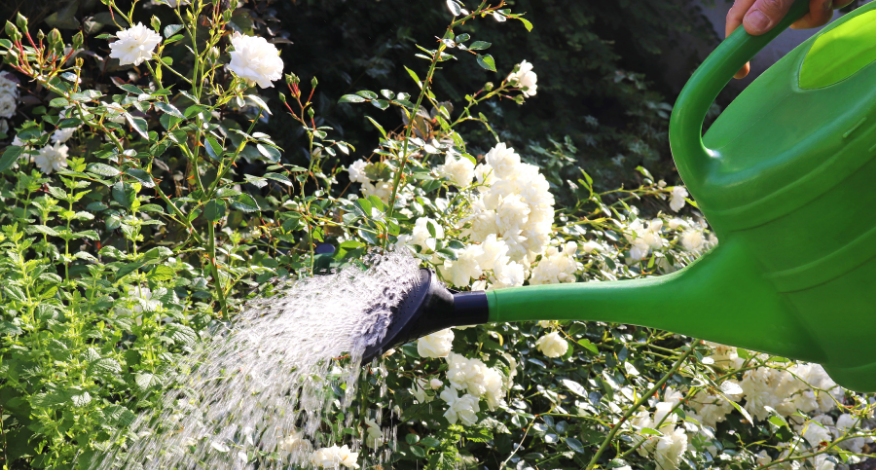
Feeding your rose
Roses will benefit from regular feeding to keep them supplied with essential nutrients for growth. In Spring, use a granular feed. We recommend Vitax Granular Organic Rose Food, as this is slow release and will only be needed once a year.
Throughout the Summer apply a liquid feed such as Vitax Liquid Organic Rose Food every 7 to 14 days to keep your rose in tip-top condition.
Pest control for roses
Roses can be prone to pests and diseases such as aphids, rose sawfly, black spot and powdery mildew. To treat these, we would recommend using Vitax Organic Rose Guard at the first sign of attack, which is made of entirely natural ingredients.
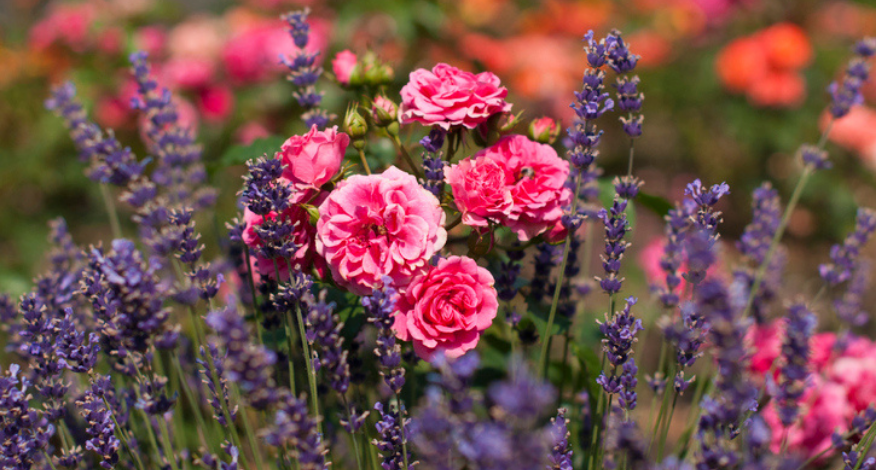
Companion planting – what looks good with roses?
Roses look fantastic planted in beds and borders with other plants. Our favourite plants to complement roses are:
- Lavender for their beautiful scent and great ground cover.
- Clematis – plant a Spring flowering variety such as Clematis montana to elongate the colour in your border, or a Summer flowering one such as Clematis Nelly Moser to flower alongside your roses.
- Salvia are available in a range of colours and are irresistible to pollinators.





